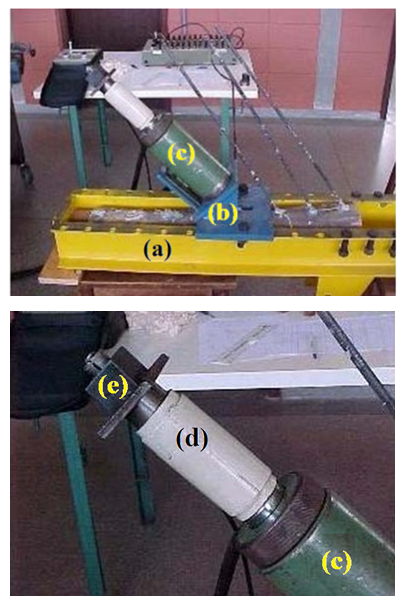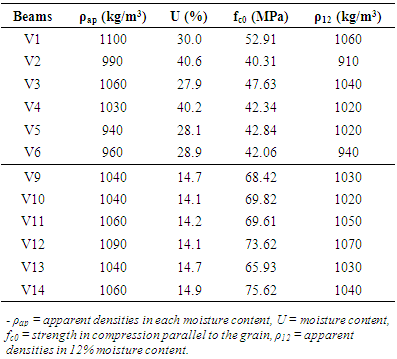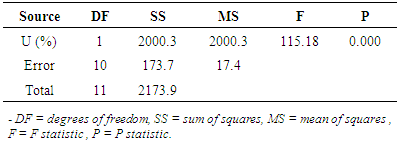| [1] | Cheung, A. B.; Scaliante, R. M.; Lindquist, M.; Christoforo, A. L.; Calil Junior, C. Confiabilidade estrutural de uma ponte protendida de madeira considerando o tráfego real. Ambiente Construído, v. 17, p. 221-232, 2017. |
| [2] | Rocco, F. A. L.; Christoforo, A. L.; Fiorelli, J. Influence of nails size and layout to obtain the reduction coefficient of moment of inertia for timber beams with composite cross section. Engenharia Agrícola, v. 36, p. 715-723, 2016. |
| [3] | Carvalho, A. L. C.; Leila, F. M.; Dias, A. M. S.; Christoforo, A. L.; Silva, D. A. L.; Silveira, M. E.; Rocco, F. A. L. Numerical analyses of timber columns reinforced by particulate composite material. The Open Construction and Building Technology Journal, v. 10, p. 442-449, 2016. |
| [4] | Christoforo, A. L.; Almeida, T. H. ; Almeida, D. H. ; Santos, J. C. ; Panzera, T. H. ; Lahr, F. A. R. Shrinkage for some wood species estimated by density. International Journal of Materials Engineering, v. 6, p. 23-27, 2016. |
| [5] | Pinheiro, R. V.; Lazaro, L. G. F.; Macedo, L. B.; Christoforo, A. L.; Lahr, F. A. R. Repair methods indication for a timber coverage structure located in Sinop city - Brazil. International Journal of Materials Engineering, v. 6, p. 39-46, 2016. |
| [6] | Lahr, F. A. R.; Aftimus, B. H. C.; Arroyo, F. N.; Christoforo, A. L.; Chahud, E.; Branco, L. A. M. N. Full characterization of Vatairea sp wood specie. International Journal of Materials Engineering, v. 6, p. 92-96, 2016. |
| [7] | Pigozzo, J. C.; Arroyo, F.; Cavalheiro, R. S.; Christoforo, A. L.; Pletz, E.; Lahr, F. A. R. Aspects of mechanical stress grading for structural timber. International Journal of Materials Engineering, v. 6, p. 119-125, 2016. |
| [8] | Christoforo, A. L.; Panzera, T. H. ; Silva, L. J. ; Araujo, V. A. ; Silva, D. A. L. ; Rocco, F. A. L. Evaluation of the modulus of elasticity in damaged wooden beams. International Journal of Materials Engineering, v. 5, p. 92-97, 2015. |
| [9] | Icimoto, F. H.; Ferro, F. S.; Almeida, D. H.; Christoforo, A. L.; Rocco, F. A. L. Influence of specimen orientation on determination of elasticity in static bending. Maderas. Ciencia y Tecnología, v. 17, p. 229-238, 2015. |
| [10] | Zangiácomo, A. L.; Christoforo, A. L.; Rocco, F. A. L. Elasticity moduli in round wooden beams of Pinus caribaea. Engenharia Agrícola, v. 36, p. 566-570, 2016. |
| [11] | Christoforo, A. L.; Panzera, T. H.; Silveira, M. E.; Silva, D. A. L.; Pinheiro, R. V.; Lahr, F. A. R. Avaliação numérica do módulo de elasticidade em vigas roliças de madeira da espécie Pinus Elliottii. Ciência Florestal (UFSM), v. 26, p. 1271-1279, 2016. |
| [12] | Zangiácomo, A. L.; Christoforo, A. L.; Gonçalves, D.; Rocco, F. A. L. Evaluation of the shear effect to determine the longitudinal modulus of elasticity in Corymbia citriodora round timber beams. International Journal of Materials Engineering, v. 4, p. 37-40, 2014. |
| [13] | Zangiácomo, A. L.; Christoforo, A. L.; Rocco, F. A. L. Shear and longitudinal modulus of elasticity in Corymbia citriodora round timber beams. Vértices, v. 15, p. 63-68, 2013. |
| [14] | Christoforo, A. L.; Icimoto, F. H.; Fernandes, C. V.; Fiorelli, J.; Negrao, J.; Rocco, F. A. L. Shear and longitudinal modulus of elasticity in structural profiled round timber beams. International Journal of Composite Materials, v. 3, p. 87-91, 2013. |
| [15] | Dussarrat Brito, L.; Calil Jr, C. Manual of design and construction of structures with roundwood pieces of reforestation wood. Cadernos de Engenharia de Estruturas, v. 12, p. 57, 2010. |
| [16] | Molina, J. C.; Calil Jr., C. Estudo numérico-experimental da rgidez da conexão vertical em vigas mistas de madeira-concreto. Cadernos de Engenharia de Estruturas, v. 11, p. 1-15, 2009. |
| [17] | Bainbridge, R. J.; Mettem, C. J. Bonded in rods for timber structure: a versatile method for achieving structural connections. The Structural Engineering, v. 77, n. 15, p. 24-27, 1999. |
| [18] | Matthiesen, J. A. Estudo da ligação madeira-concreto com parafusos auto- atarrachantes comerciais. In: Encontro Brasileiro em Madeiras e em Estruturas de Madeira, 7, 2000, São Carlos. Jul. 2000. |
| [19] | Turkowskij, S. Prefabricated joints of timber structures on inclined glued–in bars. Proceedings. London, United Kingdom. 2–5, Sep, 1991. |
| [20] | Madsen, B. Timber connections with strength and reliability of steel, International Wood Conference, Toronto, Canada, p. 4-504, 4-511, 1996. |
| [21] | Ranta-Maunus, A.; Kangas, J. Glued in steel rods in V-shape, Pacific Timber Engineering Conference, Gold Coast Australia, July11-July14, 1994. |
| [22] | Kangas, J.; Oksanen, T. Strength and fire resistance of connections based on glued in rods, Timber Engineering, Finland, p. 382-388, 1999. |
| [23] | Kangas, J. Design of connections based on in V-form glued-in rods, 6th World Conference Timber Engineering, Vancouver, Canada, Jul 31-Aug 3, p. 7.45, 2000. |
| [24] | Molina, J. C.; Carreira, M. R.; Calil Jr., C. Pullout strength of axially loaded steel rods bonded in glulam at a 45° angle to the grain. Materials Research, v. 12, p. 427-432, 2009. |
| [25] | Pigozzo, J. C.; Lahr, F. A. R.; Calil Jr, C. Comportamento da ancoragem de barras de aço coladas em vigas de Pinus oocarpa shied. Anais. CD-ROM (Arquivos/10 Ligações/10-EB-15.pdf). Cuiabá, MT, 2004. |
| [26] | Associação Brasileira de Normas Técnicas. NBR 7190. Projeto de Estruturas de Madeira. ABNT. Rio de Janeiro, 1997. |












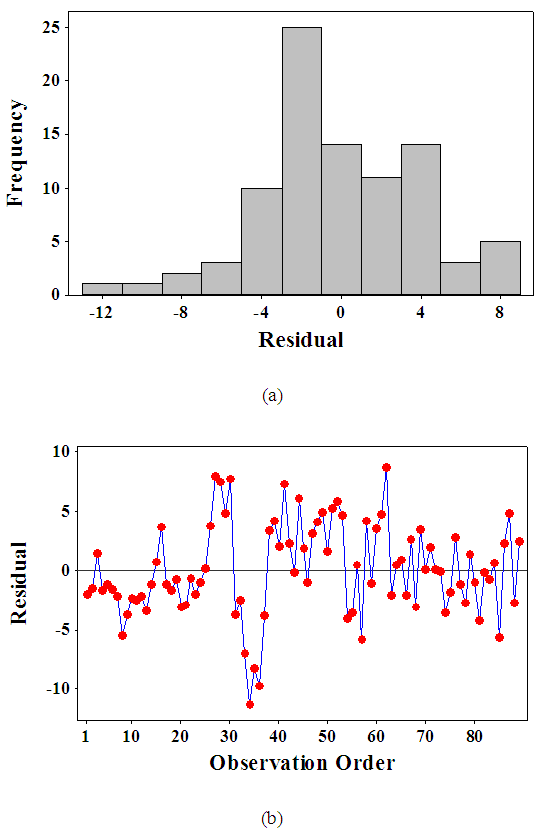
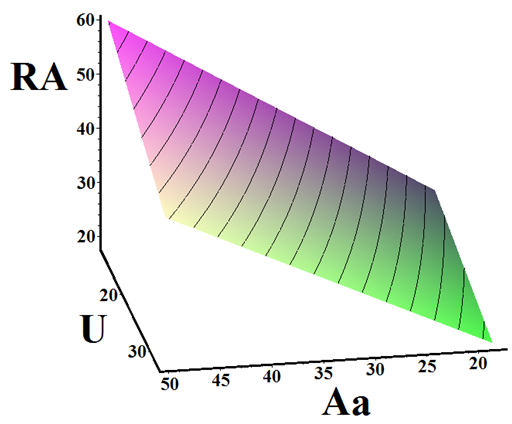
 Abstract
Abstract Reference
Reference Full-Text PDF
Full-Text PDF Full-text HTML
Full-text HTML
